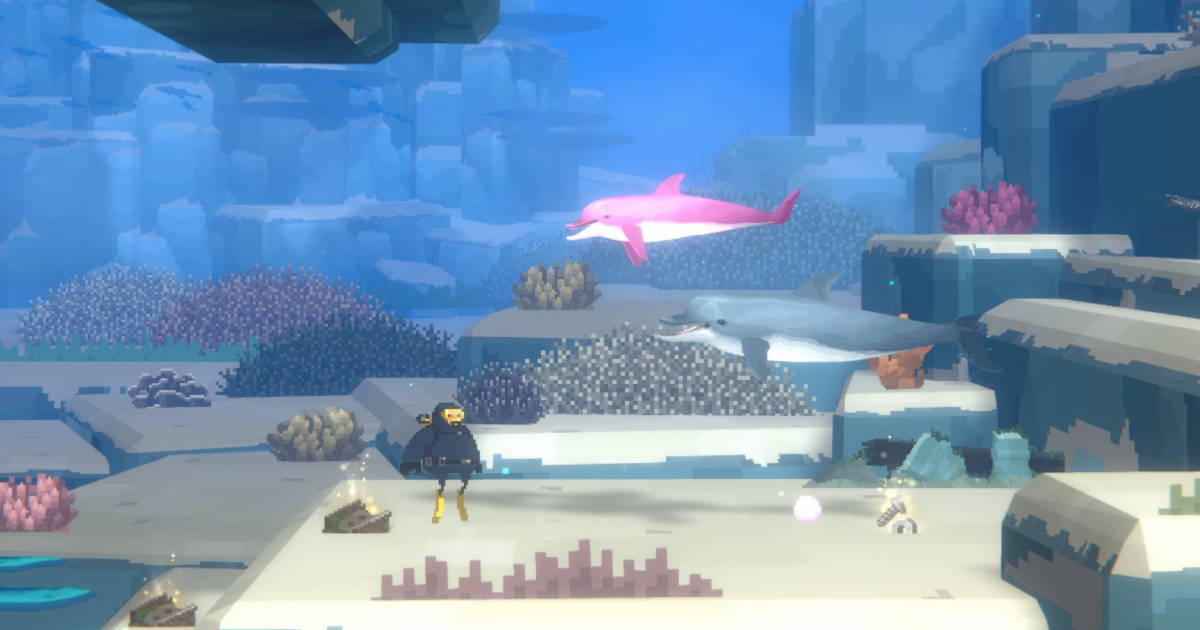Fun gameplay aside, one one of the factors behind Dave the Diver’s success was its combination of pixel art and 3D graphics. Here is how a small team at Mintrocket managed to create the game’s appealing visuals using the Unity engine and its tools.

Mintrocket detailed the development of Dave the Diver in a case study article for the Unity blog.
The game is now available on PC and Nintendo Switch, so the studio had to find a way to maintain the same level of graphics quality across all platforms. That’s why they decided to use Unity’s Universal Render Pipeline (URP), which, according to lead game designer Chanhee Woo, gave them a “great advantage.”
URP is a prebuilt scriptable render solution that allows developers to create optimized graphics. Some of its main features include customization, scalability, various lighting solutions, and multiplatform support.
“We just had to configure a platform-specific Render Pipeline Asset and specify it in the quality settings,” Woo noted. “We set very high graphic standards, and we met them.”
Input System, a tool for setting up controls for multiple platforms, also helped Mintrocket minimize the cost of bringing Dave the Diver to multiple platforms. “We migrated the engine, and changed the controls to Input System,” lead programmer Bosung Seo explained. “We used the same code and assets without any conversion, for both platforms, and it was extremely helpful.”

Another Unity solution that Mintrocket used was Shader Graph, a node-based visual authoring tool that allows devs to visually create shaders and see the results in real-time. In this case, even non-programmers such as artists could simply visualize their ideas, which eventually benefited the rapid iteration process and production in general.
“It was very appealing to us to have both the arcade-like action of 2D with the spatial impression of 3D,” Woo said. The main challenges here were issues with camera views and performing interactions. So Mintrocket used Cinemachine, a codeless cameras toolkit, to create and customize camera behaviors in real-time. According to Woo, “it was set up just like a shooting location.”
To identify performance bottlenecks, Mintrocket used the Unity Profiler tool, which provides performance information about the game and check how it runs on specific platforms. The studio also worked directly with Unity engineers, which helped the team with optimization by checking the internal engine code.

Launched on June 28, Dave the Diver sold over 1 million copies in its first two weeks. The game went on to reach the 2 million mark, proving to be successful for its creators. It currently boasts a 97% rating on Steam based on more than 74k user reviews, also peaking at 98,480 concurrent players.
Despite being made by a small team of 27, Dave the Diver still had a large company behind its back. The game developer, Mintrocket, is a standalone sub-brand of South Korean publisher Nexon established to make smaller titles with a focus on innovation and global audiences.
